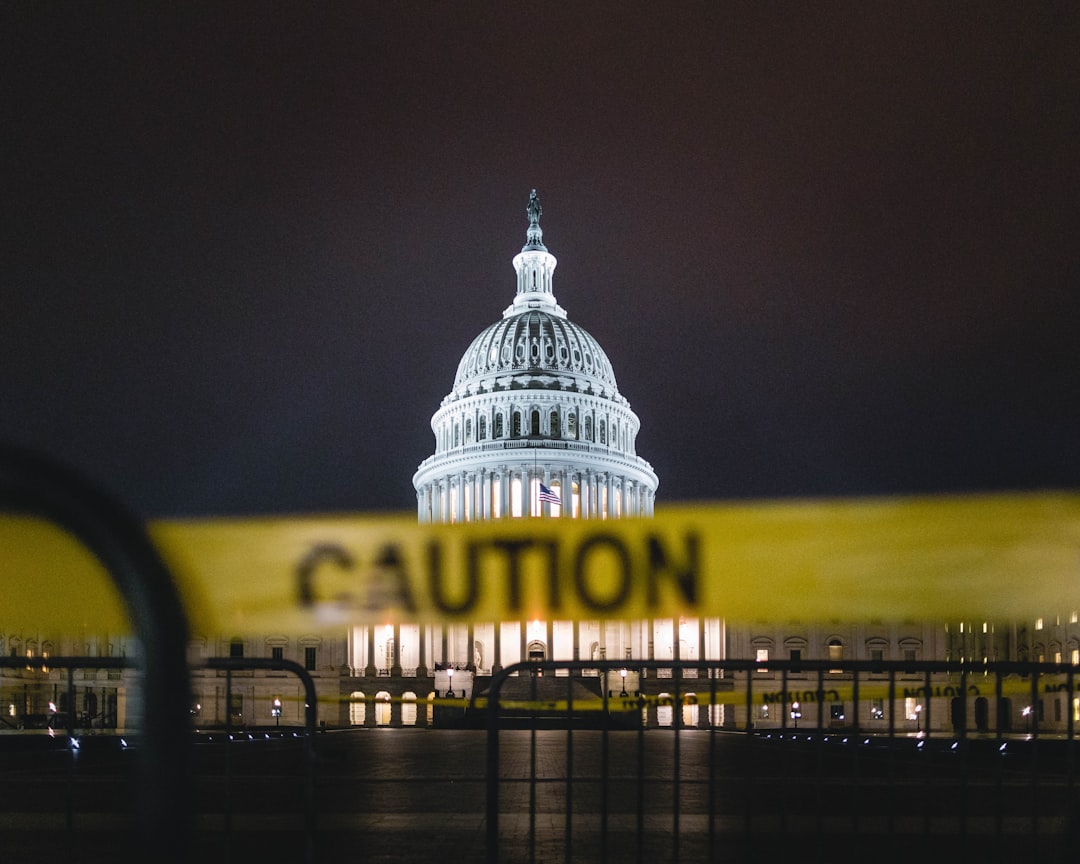The Early 20th Century: Hope and Opportunity

In the early 1900s, the American Dream was intertwined with the belief in upward mobility through hard work and determination. This era saw a massive influx of immigrants, with more than 8 million people entering the United States between 1900 and 1910. These newcomers often settled in urban areas, finding work in the burgeoning factories that were a product of the Industrial Revolution. This period was marked by a sense of optimism, as the promise of a better life drove many to cross oceans and continents. The American Dream was not just about economic success; it was also about the possibility of owning a home, which became a symbol of stability and achievement. Families aspired to own their own homes, viewing it as a pinnacle of success and a testament to their hard work.
The Great Depression: A Shift in Perspective

The Great Depression of the 1930s drastically altered perceptions of the American Dream. The stock market crash of 1929 led to widespread unemployment, with rates soaring to an alarming 25%. This era challenged the notion that hard work alone could guarantee success. Instead, it highlighted the importance of community and collective resilience. People banded together, supporting one another through tough times. President Franklin D. Roosevelt’s New Deal programs introduced a new dimension to the American Dream, emphasizing a social safety net and government responsibility in ensuring economic stability. This era marked a significant shift from individual success to a more community-focused approach, redefining the American Dream to include economic security for all.
Post-War Prosperity: The Dream Reimagined

The end of World War II ushered in a period of unprecedented prosperity and optimism. The GI Bill played a crucial role, enabling millions of veterans to access education and home loans. This significantly expanded the middle class, with home ownership rates jumping from 44% in 1940 to 62% by 1960. Suburban living became synonymous with the American Dream, with families aspiring to own homes complete with white picket fences. This period also saw the rise of consumer culture, where happiness was increasingly linked to material possessions. The American Dream during this era was about achieving a comfortable, stable life, often epitomized by a house in the suburbs and the ownership of modern conveniences.
The Civil Rights Movement: Expanding the Dream

The 1960s and 1970s were transformative years, as the Civil Rights Movement sought to redefine the American Dream. Activists fought for equality and justice, challenging systemic racism and advocating for marginalized groups. Landmark legislation, such as the Civil Rights Act of 1964 and the Voting Rights Act of 1965, aimed to dismantle barriers to equality. This era expanded the American Dream to include broader ideals of social justice and inclusion. The movement emphasized that the dream should be accessible to all, regardless of race or background. It was a time of profound change, reshaping the American Dream to reflect the diverse and inclusive aspirations of all Americans.
The Economic Challenges of the 1980s and 1990s

The 1980s and 1990s brought new economic challenges that reshaped the American Dream. The rise of globalization and the decline of manufacturing jobs led to significant shifts in the economic landscape. The manufacturing sector lost nearly 3 million jobs between 1979 and 1992, leading to widespread displacement of workers. This era saw a shift towards entrepreneurship and innovation, with the tech boom of the 1990s offering new avenues for success. The American Dream became increasingly associated with individualism and the idea of “making it” on one’s own. However, this focus on individual achievement often came at the expense of community and collective support.
The 21st Century: A New Definition

As we entered the 21st century, the American Dream continued to evolve in response to ongoing social and economic changes. The 2008 financial crisis exposed the fragility of the dream, as many lost their homes and jobs. Home ownership rates fell to 63% in 2016, the lowest level since 1965. The rise of social media and the gig economy transformed how people pursued their dreams. Many began seeking alternative paths to success outside traditional employment. Today, the American Dream is increasingly defined by personal fulfillment and work-life balance. People are prioritizing experiences over material possessions, seeking a more holistic approach to achieving their dreams.
Conclusion: The Ongoing Evolution

The American Dream is a dynamic concept that reflects the values and aspirations of each generation. As society continues to change, so too will the definition of what it means to achieve the American Dream. Ongoing conversations around social justice, economic inequality, and environmental sustainability will shape the dream for future generations. Ultimately, the American Dream remains a powerful symbol of hope and possibility, inspiring individuals to strive for a better life while adapting to the realities of an ever-changing world. By understanding the evolution of the American Dream, we can better appreciate the diverse experiences and aspirations that define our nation today.







